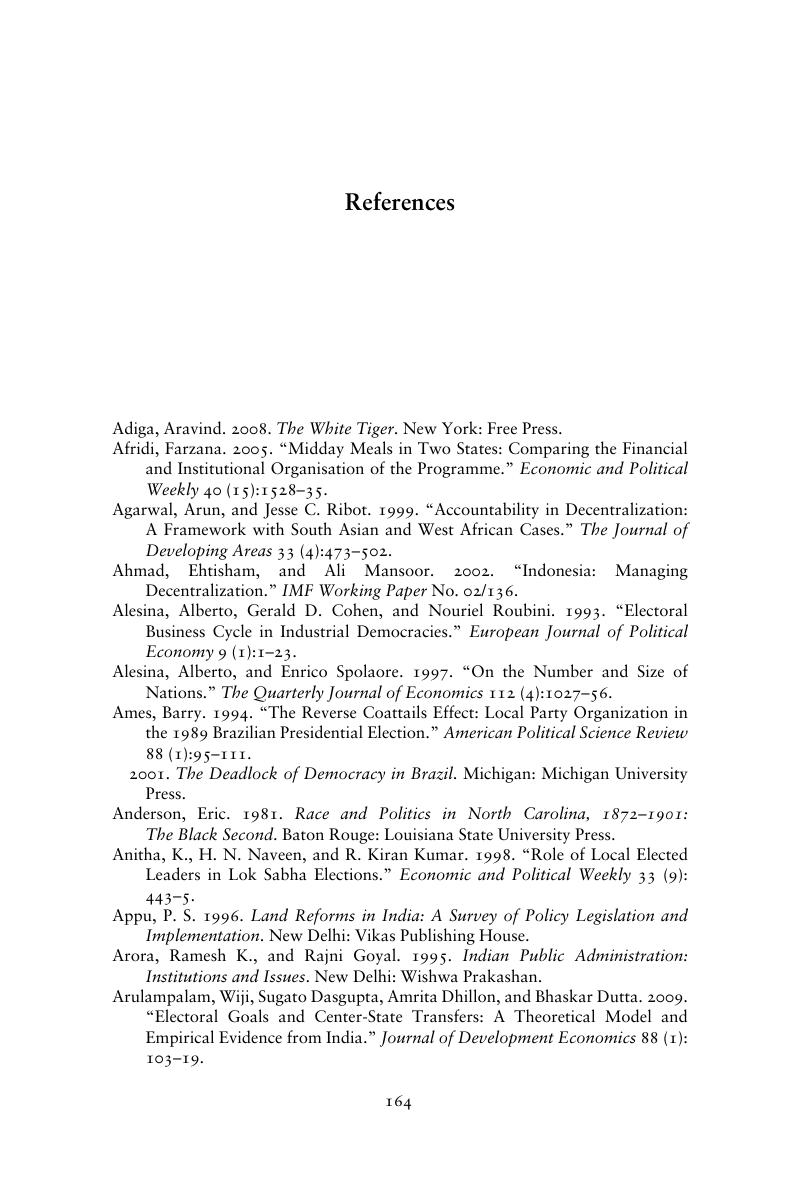Book contents
- Why Democracy Deepens
- Why Democracy Deepens
- Copyright page
- Contents
- Tables and Figures
- Author’s Note
- 1 Differences in Democratic Deepening
- 2 Measuring Democratic Deepening
- 3 Politics of Democratic Deepening
- 4 Explaining Democratic Deepening
- 5 Local Information and Democratic Deepening
- 6 Politics of Local Information
- 7 Politics of Local Information and Democracy
- Appendix
- References
- Index
- References
References
Published online by Cambridge University Press: 07 April 2017
- Why Democracy Deepens
- Why Democracy Deepens
- Copyright page
- Contents
- Tables and Figures
- Author’s Note
- 1 Differences in Democratic Deepening
- 2 Measuring Democratic Deepening
- 3 Politics of Democratic Deepening
- 4 Explaining Democratic Deepening
- 5 Local Information and Democratic Deepening
- 6 Politics of Local Information
- 7 Politics of Local Information and Democracy
- Appendix
- References
- Index
- References
Summary

- Type
- Chapter
- Information
- Why Democracy DeepensPolitical Information and Decentralization in India, pp. 164 - 188Publisher: Cambridge University PressPrint publication year: 2017



